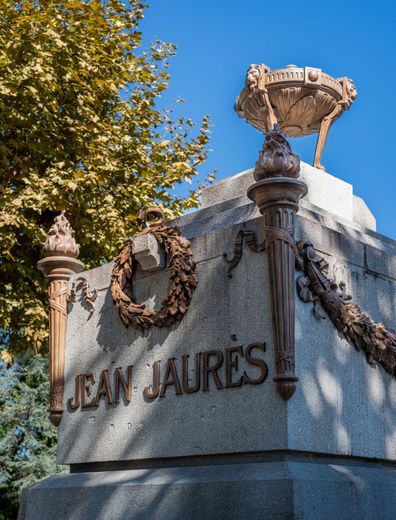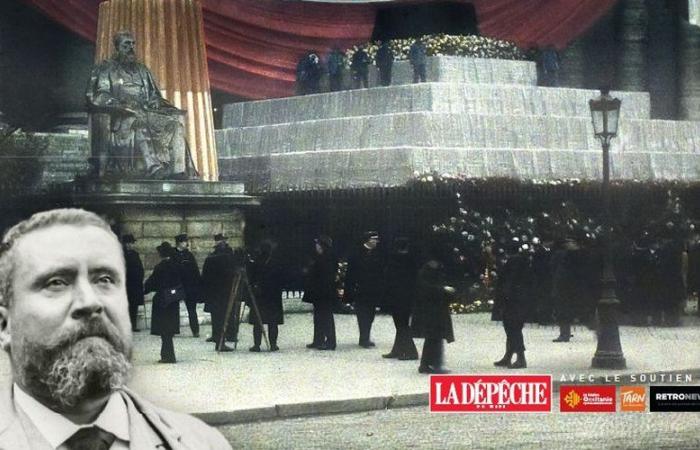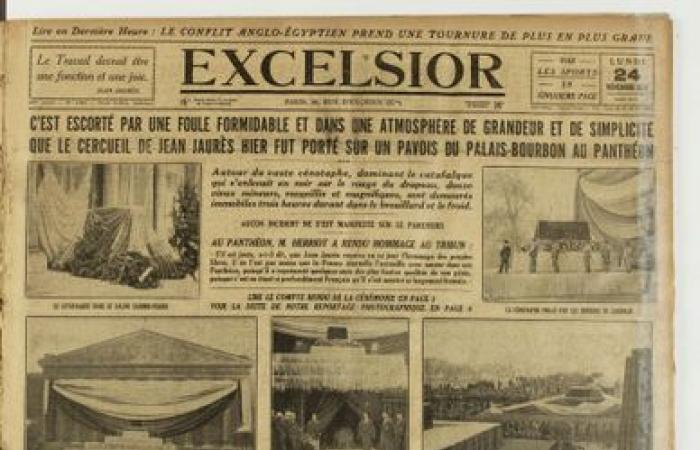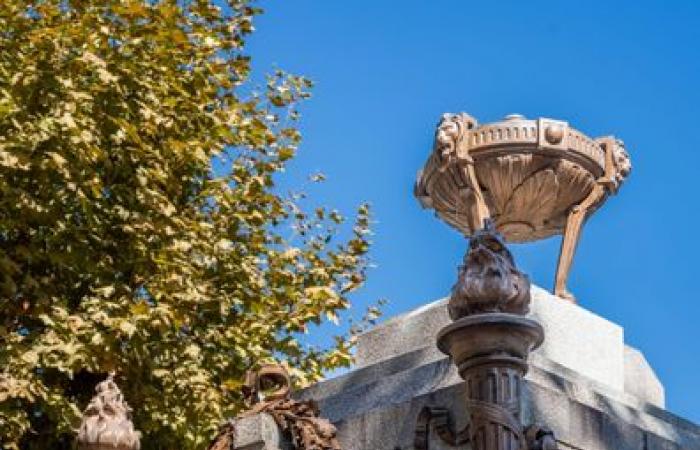the essential
Apostle of peace, defender of workers' struggles, humanism, secularism, etc., Jean Jaurès entered the Panthéon in November 1924. A book recounts the event and highlights how the deputy for Tarn (who was a journalist at La Dispatch) remains an inspiring personality.
On November 23, 1924, Jean Jaurès entered the Pantheon. To mark this historic date, Les Editions de La Dépêche is publishing the book “Jean Jaurès, a century at the Panthéon”. A work available from all newsagents and bookstores, and produced with the support of the Occitanie Region, the Tarn departmental council and RetroNews (the press site of the National Library of France).
document Tarn departmental archives
One hundred and ten years after his assassination, on July 31, 1914, Jean Jaurès remains an emblematic personality of the French Republic. For three decades, he was involved in all the struggles: the Citizen's School, secularism, the defense of Dreyfus, the refusal of the death penalty, etc. Jaurès is also and above all the fierce defender of the workers' cause (he was the miners' deputy for Carmaux) and the fiercest opponent of the world war – of which he was unfortunately the first victim.
One of the feathers of La Dépêche
Intellectual, humanist, Jaurès, founder of democratic socialism, was also a child of the South. A native of Castres, he would become the youngest deputy in France. Elected from Tarn, he will remain faithful to his roots, and will also serve as Toulouse town hall. A great orator in the Chamber of Deputies, he was a talented journalist and wrote in La Dépêche from 1887 to July 30, 1914, the day before his death.
Document RetroNews-BnF
In November 1924, the great Jaurès entered the Panthéon and the work published by Les Éditions de La Dépêche reviews the historical context. Why did the Left Cartel organize this pantheonization, considered hasty by some? What oppositions, on the right and on the left? Studying the RetroNews-BNF archives allows us to better understand how the event was reported by the press of the time. Striking color images are revealed here, notably those of the Carmaux miners carrying the coffin to the Pantheon.
What memory in the territories?
But Jaurès is not just a frozen chapter in our history. Thus, in Paris, in Toulouse, in the Tarn of course, sites tell the story of Jaurès and maintain a living memory: the Café du Croissant, the Place du Capitole, a hiking trail in Pampelonne, a holiday home near Albi, without forgetting the statue of Carmaux. Jaurès, after whom a Toulouse university is named, is very much alive in public space. In 2024, nearly 2,400 streets, avenues, squares, etc. Jean-Jaurès have been identified in France.

photo Christian Prêleur
This Jaurèsian permanence, in territories and memories, is underlined in the book “Jean Jaurès, a century at the Panthéon”. And this path, traced by generosity and commitment, remains open. As the historian Vincent Duclert points out, “reflecting on Jaurès is, in short, imagining the future and giving oneself the means to think and act.”








